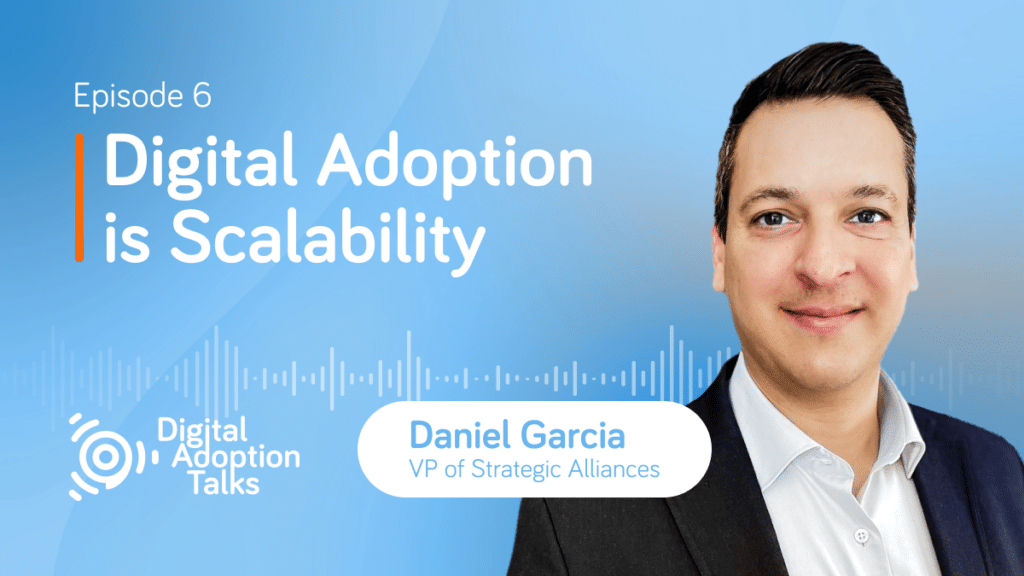According to guest Danny Garcia-Campos (VP Strategic Alliances, ClickLearn). He explains how to set up the foundation to transcend a transactional experience and form a collaborative revenue-plus model that is mutually beneficial.
How are software vendors offering globally scalable training solutions that address problems with documentation and training in rapid-release cycles?
- How do I best onboard my users?
- How do I increase their user performance?
- And how do I prevent churn to impact my revenue stream?
